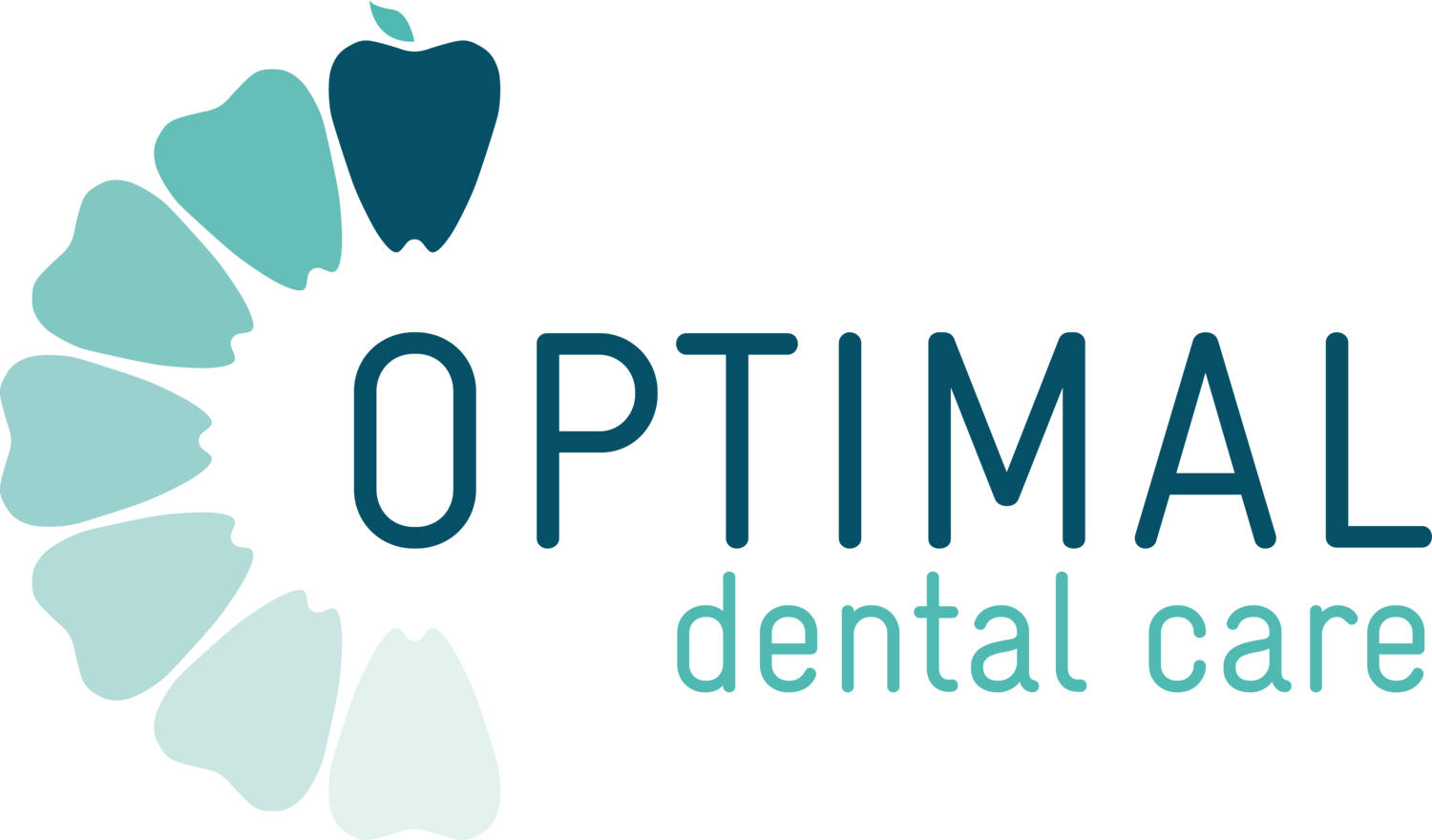Orthodontic Problems: Their Causes and Treatments
Orthodontic problems can affect people of all ages, leading not only to aesthetic concerns but also to functional issues that impact oral health.
These issues range from overbites and underbites to crossbites and crowding, each of which may cause difficulty in chewing, speaking, or maintaining oral hygiene. Understanding the causes behind these problems and the available treatment options can help patients make informed decisions about their dental care
Causes of orthodontic problems
There are numerous elements that can bring about orthodontic problems. Understanding the causes will provide insights into the proper treatment for each.
Genetics
Orthodontic problems are usually caused by genetics. Many of the dental problems, including misalignments and jaw and tooth size, can be inherited from the parents. When someone inherits a small jaw from, say, a parent and big teeth from another parent, crowding sets in. The same applies to overbites and underbites, which can become genetic across generations.
Childhood Habits
Some of the worst childhood habits might lay the ground for orthodontic problems. Prolonged thumb-sucking, pacifier use, or tongue thrusting interferes with normal jaw and tooth development, leading to open bites or other alignment issues that cannot easily be treated without early intervention by a children's dentist in Bondi Junction or an orthodontist.
Trauma
The facial area or jaw injuries may generate tooth misalignment or jaw misalignment. Minor untreated traumas can displace teeth and generate an orthodontic complication and even long-term dental complications. Some of the jaw fractures require surgical treatment.
Premature Loss of Teeth
Prematurely lost baby or adult teeth can cause problems in orthodontics. If a tooth is missing, the adjacent teeth are likely to move and crowd into the space, causing misalignment. The loss of teeth at an early age will disturb the normal eruption of the adult teeth.
Jaw Growth Issues
Sometimes the upper and lower jaws don't grow at the same speed, which is why one may be too small or too big in comparison with the other. The misaligned jaw problems are often detected during a child's development stage, and early orthodontic treatment will have any issues resolved.
Orthodontic issues: Treatment options
Various treatment options can be employed in treating orthodontic problems, including the so-called traditional braces up to advanced surgical intervention. Treatment options depend on the nature of the problem and the unique dental needs of the patient.
Braces
Braces continue to be one of the most common and, simultaneously, efficient methods of orthodontic treatment. They work by constantly pushing the teeth in the required position. Braces are constituted of metal or ceramic brackets attached to each tooth and connected by wires. The wires are periodically replaced by an orthodontist to ensure stable movement.
Different types of braces are found:
Traditional Metal Braces: These are among the more common orthodontic braces, and they are effective in treating complex orthodontic cases.
Ceramic Braces: These work like metal braces but come across as less noticeable because they use clear or tooth-coloured brackets.
Lingual Braces: These are attached to the inside of the teeth and are therefore invisible from the front, though they may be less comfortable than traditional braces.
Clear Aligners: The classic alternative for braces is clear aligners, including Invisalign. They make use of a series of customised, removable trays to gradually move the teeth. The aligners are discreet options in patients with mild to moderately severe orthodontic problems but are usually not fit for complex cases.
Retainers
They are devices used after braces; these appliances help maintain the teeth at their new position. They do not allow the teeth to revert to their previous misaligned positions. They can be removable or fixed; depending on the individual patient's needs. Retainers can sometimes also be used for minor realignment issues that do not necessitate the use of braces.
Jaw Surgery
For some individuals having a severe bite issue or malposition of the jaw, treatment cannot be successfully done with orthodontics alone. In these cases, the jaws must be repositioned through orthognathic surgery to create an appropriate occlusion. Usually, orthognathic surgery goes hand in glove with orthodontic treatment when function and aesthetics are compromised.
Palatal Expanders
The maxilla or upper jaw in young children or teenagers that is too narrow requires palatal expanders to widen it. This makes it highly effective in the treatment of crowding or crossbites due to its action of gradual expansion of the palate over time. Early use of palatal expanders can prevent the need for more invasive treatments later on.
Cosmetic Dentistry Solutions
In some cases, orthodontic treatment is combined with cosmetic dental solutions. Veneers, bonding, and whitening can more significantly improve the appearance of teeth and supplement orthodontics. For improvement in smile appearance, consult a cosmetic dentist in Woollahra who can further advise on more options to attain a healthy and beautiful smile.
Orthodontic problems range from overbites, underbites, and crossbites to crowding, affecting both functional and aesthetic aspects. They can be due to genetic factors, childhood habits, injuries, and developmental issues. Luckily, modern dentistry is involved in correcting these problems with everything from braces and retainers to correct the issue, all the way to jaw surgery.
Since most orthodontic problems are worse with the passage of time, early intervention and periodic check-ups with a qualified orthodontist can prevent minor ones from developing into serious ones.
If you or your child have one or more of these orthodontic issues, visit an orthodontist in Woollahra to explore the best options available for your particular needs. You can enjoy a healthier and full-of-confidence smile by getting this sorted out at an early stage.
